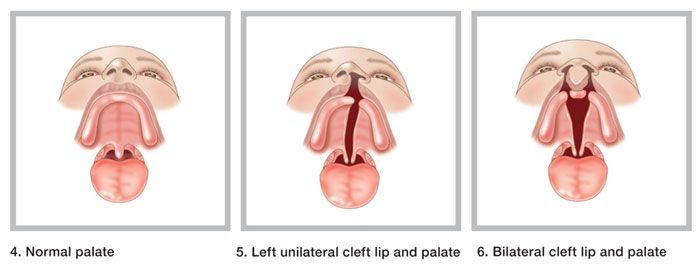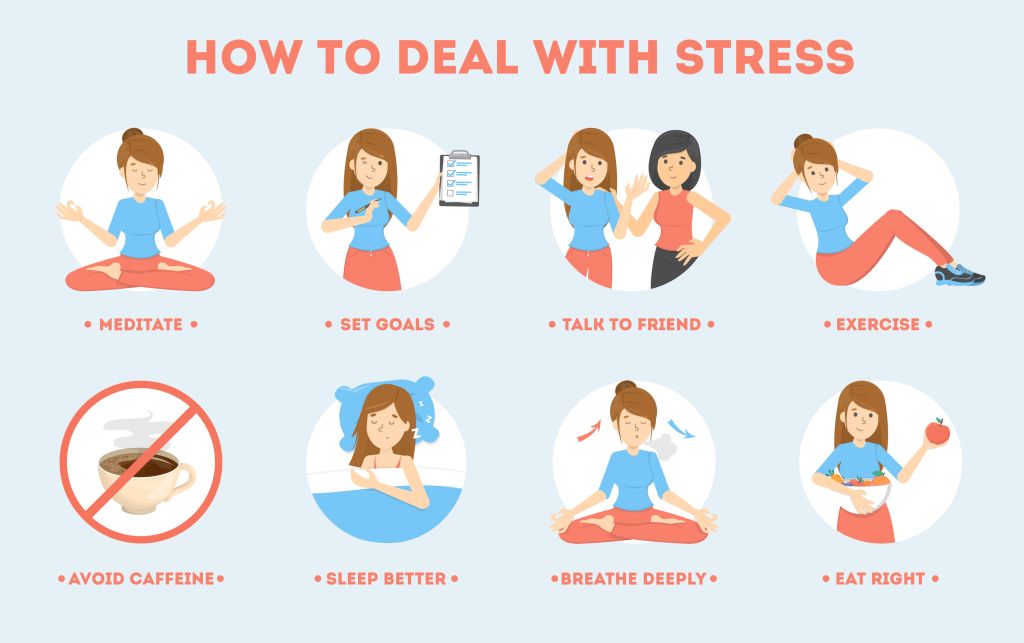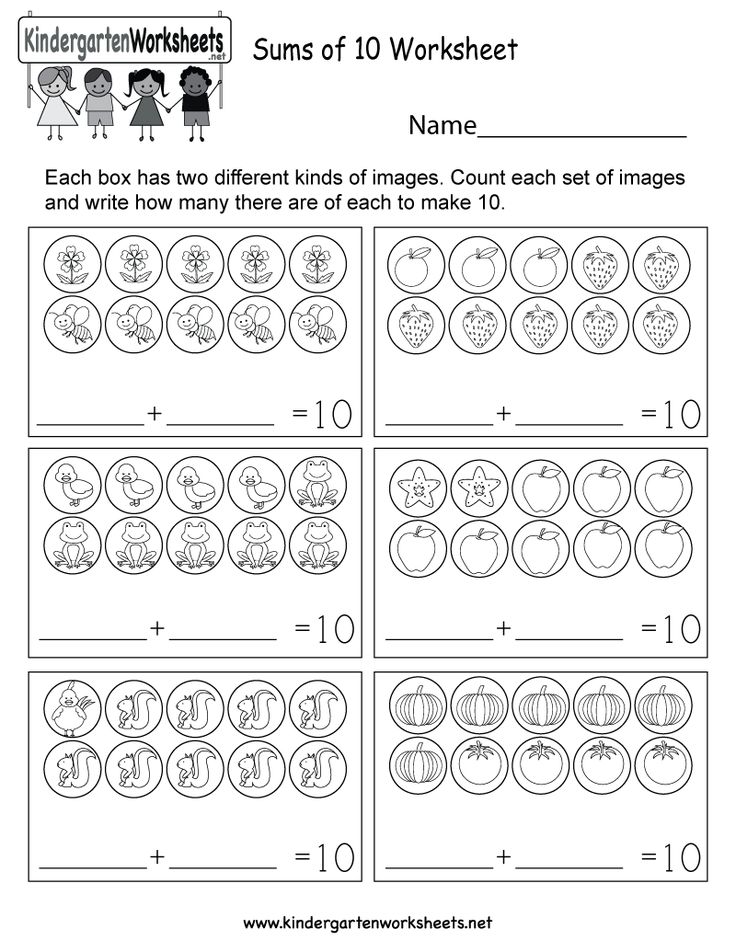Best time to make baby
Right Time For Sex , When Do You Ovulate ?
When are you more likely to conceive?
We’re talking about the 'fertile window’ – the days in a woman’s menstrual cycle when pregnancy is possible. The ‘fertile window’ depends on the length of the menstrual cycle, which varies among women.
The ‘fertile window’ is the day an egg is released from the ovary (ovulation) and the five days beforehand. Having sex (intercourse) during this time gives you the best chance of getting pregnant.
Ovulation Calculator
What day did you your most recent period start?
Number of days in your cycle Please select20 Days21 Days22 Days23 Days24 Days25 Days26 Days27 Days28 Days29 Days30 Days31 Days32 Days33 Days34 Days35 Days36 Days37 Days38 Days39 Days40 Days41 Days42 Days43 Days44 Days45 Days
Your ovulation day
Most fertile time
-
What is an ovulation calculator and how does it help you get pregnant?
This ovulation calculator or ovulation calendar can help you work out your most fertile time.
These are the days you are most likely to get pregnant.
It can also estimate your due date if you do become pregnant during your next fertile days.
Others ways to help you work out when you're ovulating:
- Notice changes in vaginal mucus
A few days before ovulation, you may notice your vaginal mucus becomes clear, slick and slippery, and feels a bit like egg white.
This is a sign that ovulation is about to happen. It’s the best time to have sex, as sperm travel more easily in this kind of mucus.
- Use an ovulation predictor kit
You can use a predictor kit from a supermarket or pharmacy, to test your urine for signs of ovulation. If you start testing your urine a few days before the day you next expect to ovulate, a positive result means you are going to ovulate within the next 24 to 36 hours (one to two days).
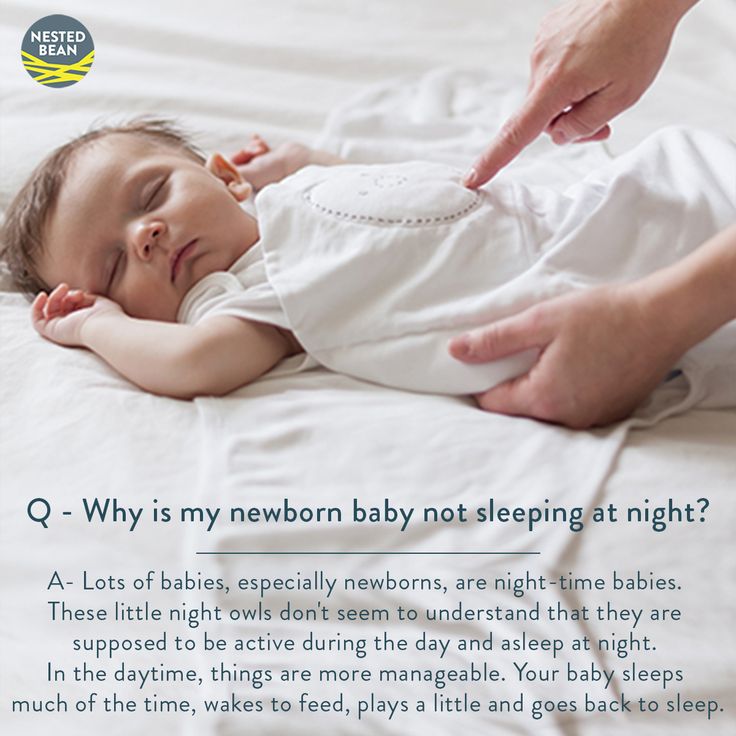
-
Facts about timing
Ovulation is when a mature egg is released from the ovary. The egg then moves down the fallopian tube where it can be fertilised. If sperm are in the fallopian tube when the egg is released, there is a good chance that the egg will be fertilised, creating an embryo, which can grow into a baby.
Pregnancy is technically only possible if you have sex during the five days before ovulation or on the day of ovulation. But the most fertile days are the three days leading up to and including ovulation. Having sex during this time gives you the best chance of getting pregnant.
By 12-24 hours after ovulation, a woman is no longer able to get pregnant during that menstrual cycle because the egg is no longer in the fallopian tube.
There’s almost no chance of getting pregnant if you have sex before or after the fertile window (but if you’re not trying to get pregnant, don’t rely on this – contraception is your best option!).

-
How to know when you’re ovulating
Knowing when you ovulate can help you plan for sex at the right time and improve your chance of getting pregnant. You can keep track of your menstrual cycles on a chart, in a diary, or on a free period-tracker app on your smartphone.
To work out the length of your menstrual cycle, record the first day you start bleeding (first day of your period). This is day 1. The last day of your cycle is the day before your next period begins.
- What is a ‘menstrual cycle’ and a ‘period’?
Some people think the ‘menstrual cycle’ and a ‘period’ are the same thing.
A period is when you bleed (or menstruate).
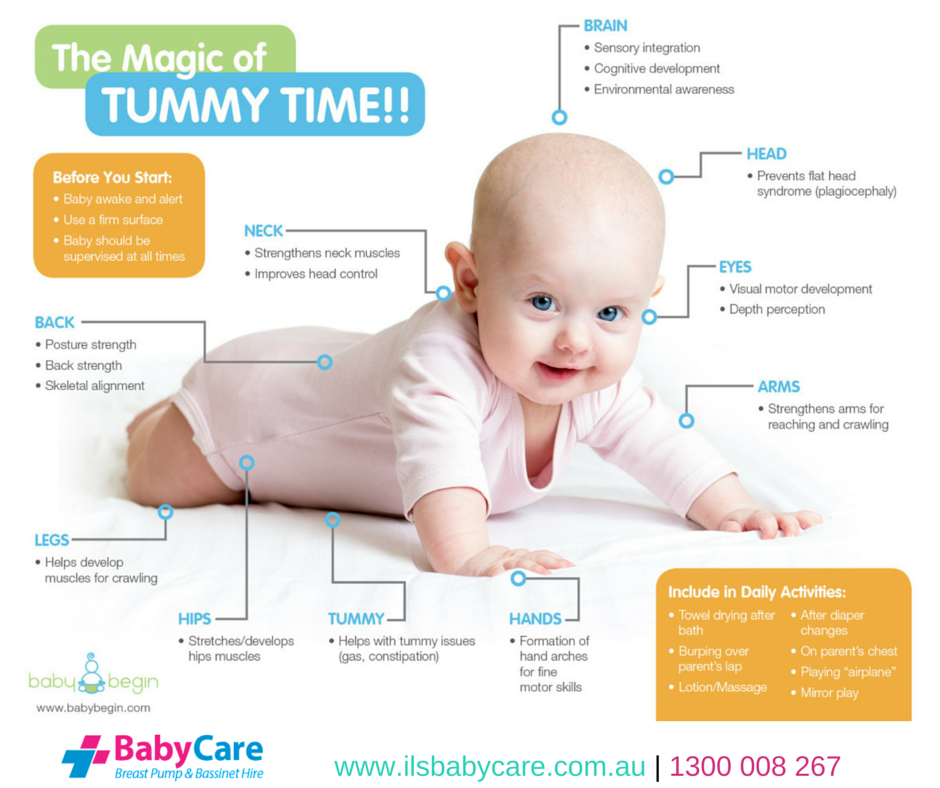
A menstrual cycle starts on the day when a period starts (day 1) and ends the day before the next period. A cycle’s length is considered normal if it’s between 21 and 35 days. They can vary between women and from one cycle to the next.
- Working out your ‘average’ menstrual cycle length
If your menstrual cycles are different lengths (most women’s cycles are) you can work out your average cycle length.
The number of days in a woman’s menstrual cycle can vary month to month. Periods are not always regular. It can be useful to work out an ‘average’ cycle length, based on the length of three menstrual cycles, to estimate when you’re most likely to be ovulating.
If you add the number of days in three cycles and divide the total number by three, it gives you your average cycle length.
Example
Sarah tracked her last three menstrual cycles by counting the time from the first day of one period, to the day before the next period.
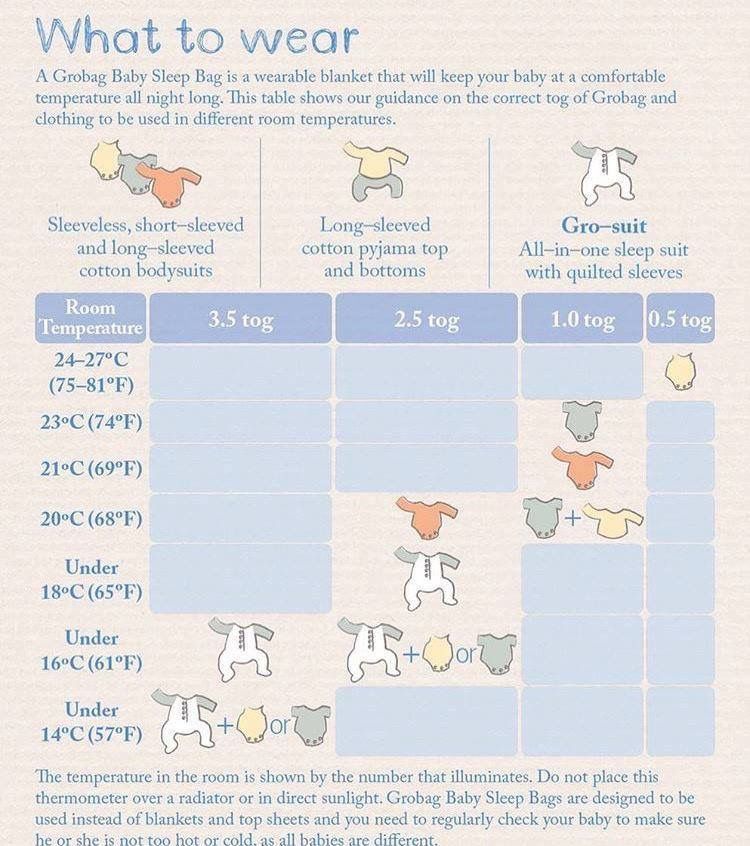
Cycle 1 was 28 days; Cycle 2 was 32 days; Cycle 3 was 27 days
28 + 32 + 27 = 87
87 divided by 3 = 29
So the average length of Sarah’s menstrual cycles is 29 days.
- Working out your most fertile days
When you know your average menstrual cycle length, you can work out when you ovulate.
Ovulation happens about 14 days before your period starts.
- If your average menstrual cycle is 28 days, you ovulate around day 14, and your most fertile days are days 12, 13 and 14.
- If your average menstrual cycle is 35 days ovulation happens around day 21 and your most fertile days are days 19,20 and 21.
- If you have shorter cycles, say 21 days, ovulation happens around day 7 and your most fertile days are days 5, 6 and 7.
Your most fertile days are the three days leading up to and including the day of ovulation.
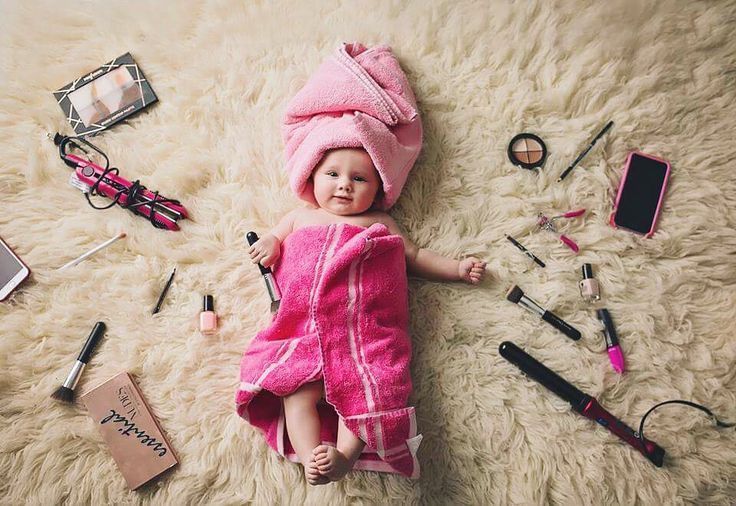
Some women have very irregular cycles or find it difficult to work out an average cycle length. This can make it hard to work out when ovulation happens. If it’s all too hard, having sex every 2-3 days covers all bases and improves your chance of getting pregnant.
Myth busting
- MYTH
A woman can get pregnant any time of the month.
- FACT
A woman can only get pregnant on a few days during her menstrual cycle.
Why?
Because eggs and sperm only live for a short time:
- Sperm live for around five days.
- Eggs can only be fertilised for around 24 hours (one day) after being released from the ovary.
Eggs and sperm need to come together at the right time for fertilisation to happen to create an embryo.
Getting the timing right
If you're trying to get pregnant, timing is everything. Dr Karin Hammarberg explains how to work out when you are ovulating and the right time to have sex to improve your chance of pregnancy.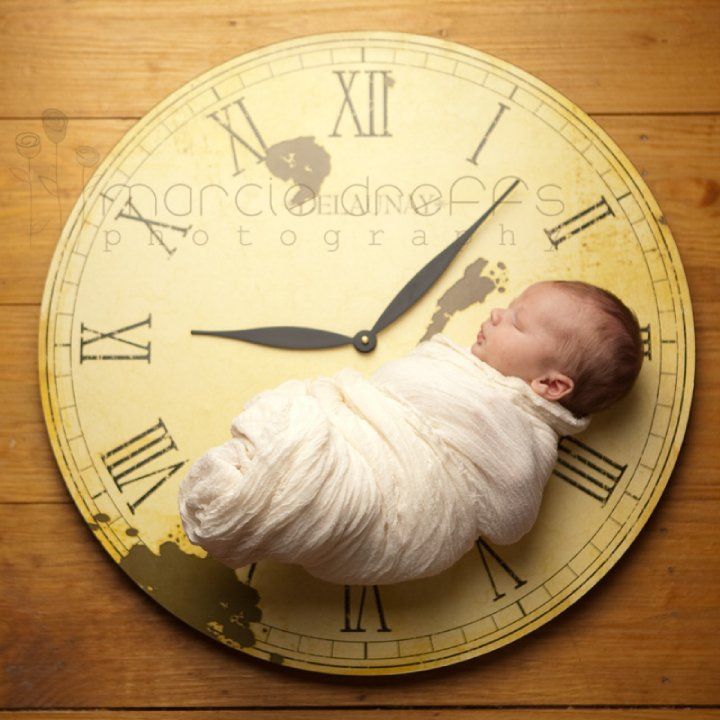
-
What are the chances?
Having sex as close as possible to the time of ovulation increases the chance of pregnancy.
If a woman has sex six or more days before she ovulates, the chance she will get pregnant is virtually zero.
If she has sex five days before she ovulates, her probability of pregnancy is about 10 percent.
If she has sex on the day of ovulation, or the two days before, the chance of getting pregnant is around 30 percent.
These are average figures and depend on a woman’s age.
When does preconception health begin?
Professor Sarah Robertson, Director of Robinson Research Institute, University of Adelaide, highlights the key time before pregnancy that your health is most important to ensure your child has the best start to life.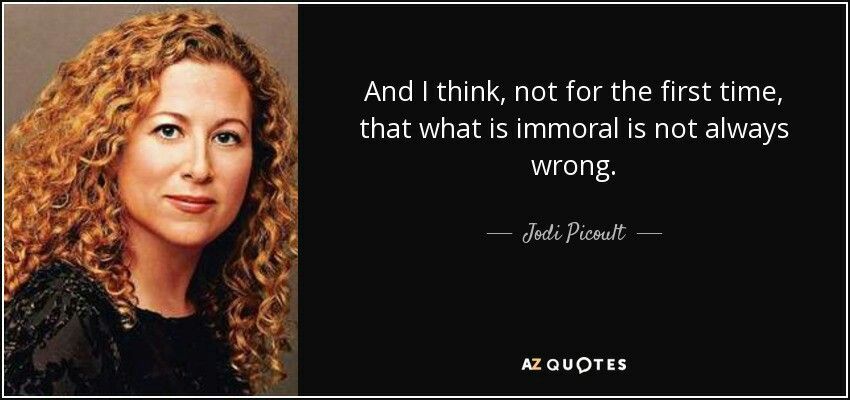
How to know you are ovulating
Kerry Hampton, a registered nurse and fertility specialist, discusses the importance of fertility awareness, and how to determine your fertile window to improve your chances of conceiving.
- References
- American Society for Reproductive Medicine, Optimizing natural fertility, https://www.reproductivefacts.org/news-and-publications/patient-fact-sheets-and-booklets/documents/fact-sheets-and-info-booklets/optimizing-natural-fertility/
- Berglund Scherwitzl, et al. (2015). Identification and prediction of the fertile window using Natural Cycles. The European Journal of Contraception and Reproductive Health Care, 20(5), 403-408. doi:10.3109/13625187.2014.988210
- Ecochard, R., et al. (2015). Self-identification of the clinical fertile window and the ovulation period.
 Fertility and Sterility, 103(5), 1319-1325.e1313. doi: http://dx.doi.org/10.1016/j.fertnstert.2015.01.031
Fertility and Sterility, 103(5), 1319-1325.e1313. doi: http://dx.doi.org/10.1016/j.fertnstert.2015.01.031 - Pfeifer, S., et al. (2017). Optimizing natural fertility: a committee opinion. Fertility and Sterility, 107(1), 52-58. doi: 10.1016/j.fertnstert.2016.09.029
- Stanford, J. B. (2015). Revisiting the fertile window. Fertility and Sterility, 103(5), 1152-1153. doi: http://dx.doi.org/10.1016/j.fertnstert.2015.02.015
- Stanford, et al. (2002). Timing intercourse to achieve pregnancy: current evidence. Obstetrics and Gynecology, 100(6), 1333-1341.
- Stephenson, J., et al. (2018). Before the beginning: nutrition and lifestyle in the preconception period and its importance for future health. The Lancet, 10.1016/S0140-6736(18)30311-8 doi: 10.1016/S0140-6736(18)30311-8
- Vélez, M. Pet al. (2015). Female exposure to phenols and phthalates and time to pregnancy: the Maternal-Infant Research on Environmental Chemicals (MIREC) Study. Fertility and Sterility.
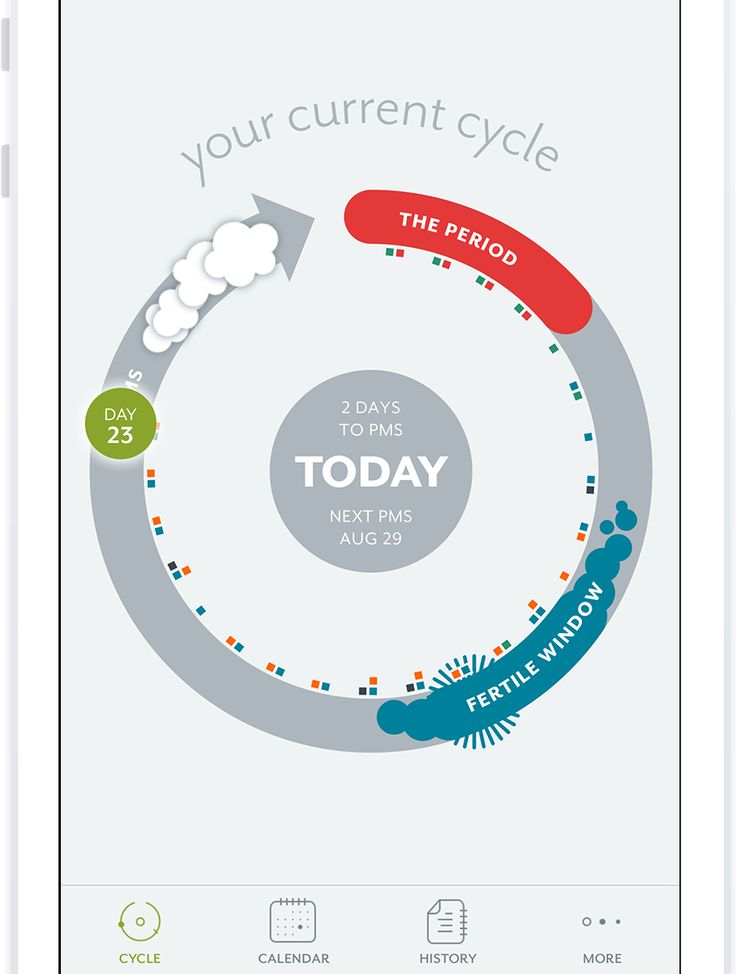 doi: 10.1016/j.fertnstert.2015.01.005
doi: 10.1016/j.fertnstert.2015.01.005 - Verón, G. L., et al. (2018). Impact of age, clinical conditions, and lifestyle on routine semen parameters and sperm kinematics. Fertility and Sterility, 110(1), 68-75.e64. https://doi.org/10.1016/j.fertnstert.2018.03.016
- Waylen, A. Let al. (2009). Effects of cigarette smoking upon clinical outcomes of assisted reproduction: a meta-analysis. Hum Reprod Update, 15(1), 31-44.
- Zenzes, M. T. (2000). Smoking and reproduction: gene damage to human gametes and embryos. Hum Reprod Update, 6(2), 122-131.
Page created on: 28/08/2018 | Last updated: 09/01/2023
Your Best Days for Making a Baby
Written by Kara Mayer Robinson
Brandi Jeter Riley and her husband, Terrence, were ready to give their 8-year-old daughter a baby sister or brother.
When Riley didn't get pregnant right away, she worried about infertility. But before seeing a specialist, she tried something she hadn't done before -- tracking her cycle and timing it right.
It was a success. Less than 2 months later, Riley, who lives in Oakland, CA, was pregnant. "Nine months later, I was giving birth to my little baby boy," she says.
"When a couple is having issues getting pregnant, the first step is to make sure they're doing it right," says Kara Manglani, a certified nurse midwife and fertility expert in New York. They need to learn about the woman's menstrual cycle and ovulation -- that time every month when one of their ovaries releases an egg.
When Is the Best Time to Get Pregnant?
"Most pregnancies result from sex that happened less than 2 days before ovulation," Manglani says. But you can get pregnant earlier or later. "Sperm can live in fertile cervical mucus for up to 5 days," she says. An egg can live up to 24 hours after ovulation.
Generally, your best chance of getting pregnant is 12-16 days before your period, says Edward Marut, MD, a reproductive endocrinologist with Fertility Centers of Illinois.
"The tricky part is identifying when ovulation occurs," Manglani says. Every woman's menstrual cycle is different. Many women think they ovulate on the 14th day of their cycle. But that's a myth. Most don't.
Every woman's menstrual cycle is different. Many women think they ovulate on the 14th day of their cycle. But that's a myth. Most don't.
Try one or more of these methods to figure out when you ovulate.
Track Your Basal Body Temperature
This is your temperature when you first wake up in the morning. When you ovulate, it goes up slightly and stays up until your next period.
To track it, you'll need a basal body thermometer, which measures small changes. You can get one at most drugstores and supermarkets.
Take your temperature before you get out of bed every morning. Note the first day it goes up.
"Once you identify the day you ovulated, you can predict that ovulation will happen on or close to that day in future cycles," Manglani says.
Try an Ovulation Predictor Kit (OPK)
OPKs are at-home test kits that detect a surge in luteinizing hormone (LH), which your body releases 24-48 hours before you ovulate.
In the middle of your cycle, you'll test your urine every day for 5-10 days. When your LH goes up, it's time to start trying to conceive.
When your LH goes up, it's time to start trying to conceive.
There are two types of OPKs:
Ovulation test strips. These are paper strips you dip into a cup of your urine. A few minutes later, a line shows up. Depending on how dark it is, you'll know if you're about to ovulate.
Digital ovulation tests. They're typically more expensive than test strips. With a digital test, you hold a stick under your morning stream of pee. The digital monitor tells you if you're likely to start ovulating.
You can get OPKs at many drugstores and supermarkets. Most have clear instructions and a toll-free number for questions.
OPKs are helpful if you have sex less often or you'd like to time it more precisely, Marut says, but they're not always accurate.
Use a Cycle Charting App
Phone apps can help you chart your cycle. You record details like the first day of your period, OPK results, and basal temperature. You'll get alerts when you're likely to be more fertile.
The drawback is most use a standard 28-day cycle, with ovulation on day 14, which isn't accurate for many women.
Fertility Monitors
Fertility monitors use urine test strips and a digital monitor to measure your LH and estrogen levels. They find your peak days and the few days leading up to them, and store your info over multiple cycles.
They're high-tech, but pricey -- about $200 and up. And like tracking apps, they often use a standard 28-day cycle.
Cervical Mucus Method
Hormones that control your menstrual cycle also affect your cervical mucus. The few days after your period are "dry days," with no mucus. As an egg matures, mucus develops in your vagina and enters your vaginal opening. It may be white, yellow, cloudy, or sticky.
Right before ovulation, you have "wet days," where mucus is clear and slippery and looks like egg whites. That's when you're most likely to conceive.
When to Have Sex
"Timing sex as close to ovulation as possible is important," Manglani says.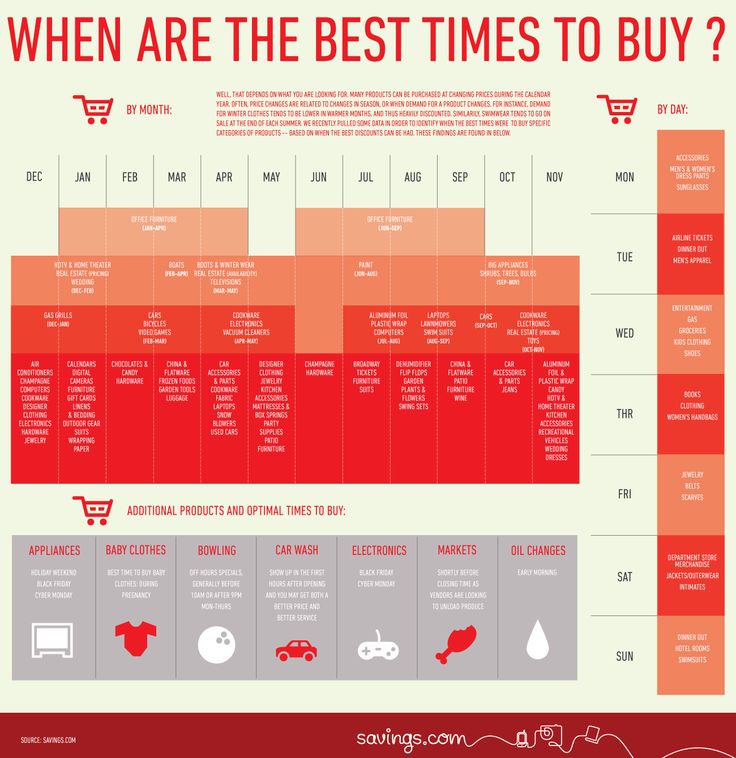 Your best bet is to have sex often. Try doing it every day starting 5 days before ovulation. Keep going one day after ovulation.
Your best bet is to have sex often. Try doing it every day starting 5 days before ovulation. Keep going one day after ovulation.
Marut has a different take. Get in a routine of having sex every other day, he suggests, and don't worry about it.
Another option: Try the "sperm meets egg plan." Have sex every other day starting on day eight of your cycle. Start an OPK on day 10. "Once you have a positive result on your OPK, have sex every day for three days," Manglani says.
If you don't get pregnant in 6 months, see a doctor. "Most regular OB/GYN offices can start a fertility workup," Manglani says. Or reach out to a board-certified reproductive endocrinologist.
At what age is it better to give birth? Why is natural childbirth the healthiest? - Veris
What is the best age to give birth? Why is natural childbirth the healthiest?
1. Today, every fifth couple in our country faces infertility problems , but the optimal age for having a child has remained the same from 21 to 35 years, later fertility decreases (earlier for women, later for men).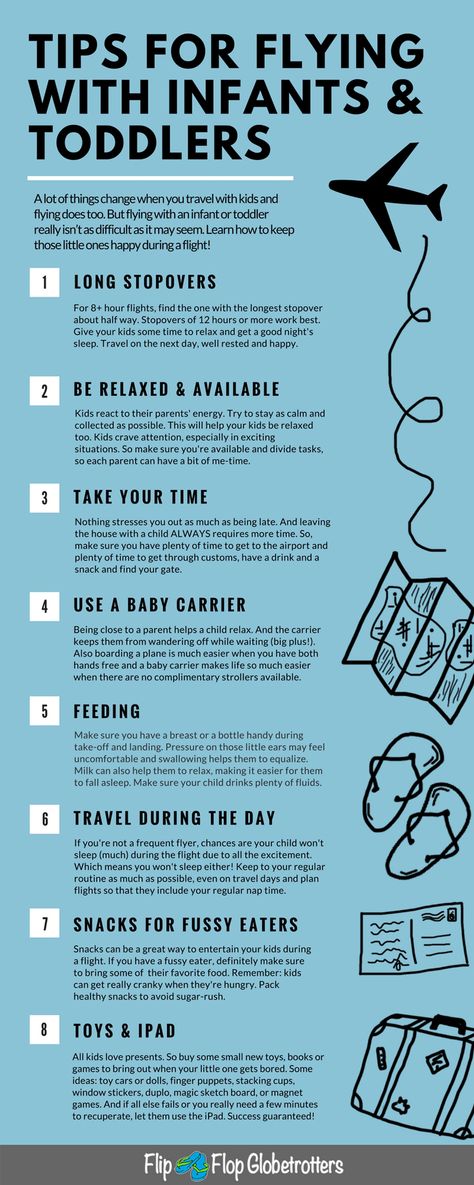
There are also diseases or genetic changes that make it impossible to have a child. As a rule, spouses find out about this after the wedding. It is not right. You need to plan not only your career, but also your life. Therefore, a couple should come to a gynecologist-reproductologist before they get married, this will be honest and correct, especially since an in-depth examination for pathologies preventing the onset of pregnancy or complicating its course exist today!
2. The development of high medical technologies has had an unexpected side effect - now neither " love diseases " nor their consequences are feared as much as before ...
Modern technologies really allow today to cope with almost any disease and help a woman become a mother cases that were recently considered hopeless. However, it can be bitter to see how a woman creates obstacles for herself, to overcome which then she takes a lot of moral and material resources. No matter how successful IVF technology , you need to understand that assisted reproductive technologies are a forced measure, which is resorted to from hopelessness and from the lack of effect of other methods of infertility treatment.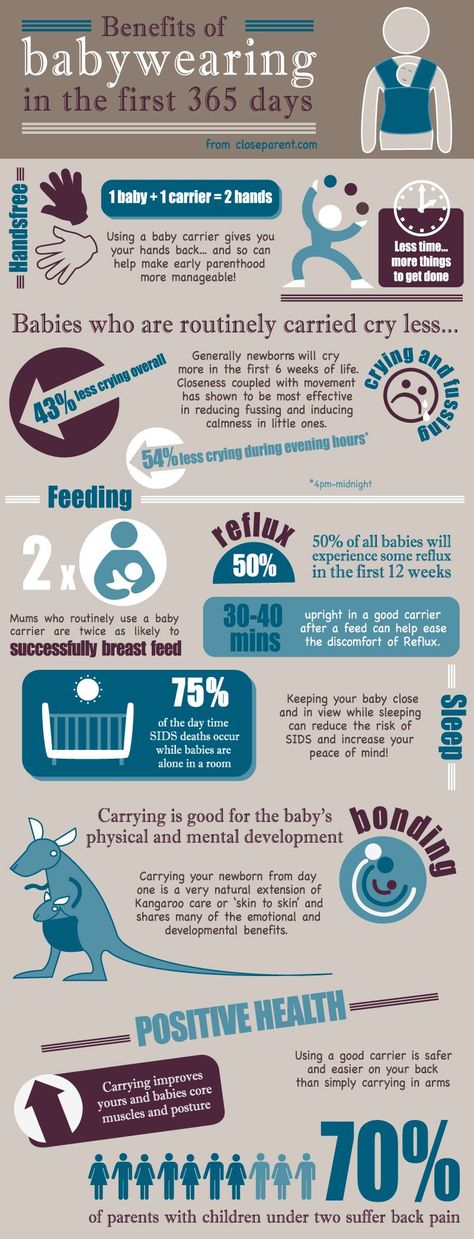
3. There are a lot of reasons that prevent pregnancy from developing. Pregnancy can be terminated prematurely if the cervix was torn during a previous birth (this problem is easily eliminated by plastic surgery). Or there are adhesions in the uterine cavity (a consequence of an abortion or intrauterine interventions). nine0009 Infections can also be the cause of abortion and premature birth. However, every woman who is faced with the problem of miscarriage should consult a doctor.
4. Unfortunately, many women refuse to give birth themselves. It is not right. Caesarean section should only be performed for medical reasons, as this method can cause complications for both the mother and the baby. After a cesarean section, adhesions and inflammation remain in the uterus, which threaten the development of a subsequent pregnancy, as well as a scar that can disperse during the next birth. Therefore, the first caesarean section dooms women to give birth in the same way to subsequent children.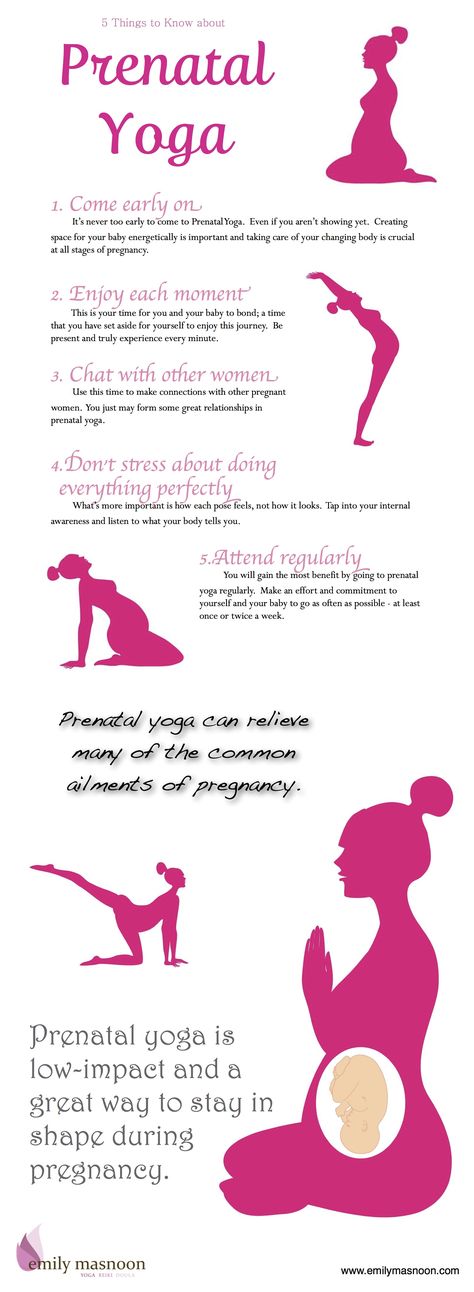 Children born in this way are less adapted to life and lag behind in development from babies born naturally. This should not be forgotten. nine0009 5. Consultations of fertility doctor Zakharova Natalya Nikolaevna, Candidate of Medical Sciences in the Department of Obstetrics and Gynecology of the Family Clinic. Record 43-03-03 and 41-03-03. Plan your pregnancy and family right!
Children born in this way are less adapted to life and lag behind in development from babies born naturally. This should not be forgotten. nine0009 5. Consultations of fertility doctor Zakharova Natalya Nikolaevna, Candidate of Medical Sciences in the Department of Obstetrics and Gynecology of the Family Clinic. Record 43-03-03 and 41-03-03. Plan your pregnancy and family right!
The best time of the year for the birth of a baby
Even if pregnancy is planned in advance, it is extremely difficult to influence this joyful event. However, it is still possible to slightly adjust the plans, taking into account all the pros and cons. In the early years, and especially the months of life, seasonal advantage can play an important role in a baby's well-being and development. Let's see what is the best time of the year to have a baby. nine0033
Winter: cold and problems with humidity
Epidemics of infectious diseases are most acute at this time of the year, which can negatively affect the developing immunity.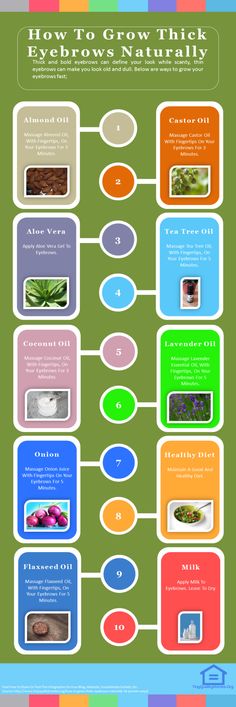 Winter makes walking difficult. To control the right temperature, buy a warm blanket and an extra light woolen blanket.
Winter makes walking difficult. To control the right temperature, buy a warm blanket and an extra light woolen blanket.
According to statistics, children conceived in the summer weigh more at birth and are born healthy.
How to properly prepare for the birth of a child in winter? nine0004
A baby's room heater is a must. The optimum temperature is 18-20 °C. The room should be cool, but the child should not freeze. Install a thermometer next to the crib and monitor its performance.
A large supply of natural vitamins for a breastfeeding mother will help to provide the child with the necessary substances for growth. They can be obtained from pre-prepared dried fruits, berry jam, frozen vegetables and herbs.
Eating exotic fruits can cause allergies in the baby through the mother's milk. nine0005
In winter, batteries cause the air to become dry. It can lead to an inflammatory process in the upper respiratory tract and a decrease in resistance to infections, so a humidifier is needed for a child.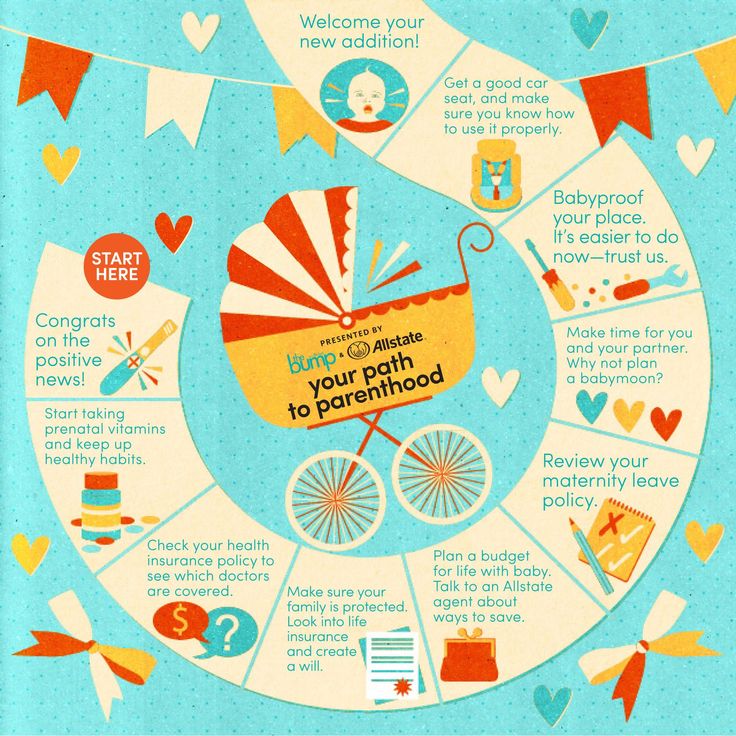 Keep indoor humidity above 50%.
Keep indoor humidity above 50%.
Mandatory! Even in winter, the room must be ventilated by opening the window for a few minutes.
Spring: safe walks and good mood
Babies due in the spring need to buy a stroller with protection from the bright sun. A newborn who weighs more than 4 kg needs only 2-3 hours in the fresh air. nine0005
Spring sunshine provides enough vitamin D to prevent rickets.
The duration of sunbathing should be increased gradually so that the skin does not burn, starting from 2 minutes.
Important points in child care
Clothing and bedding should be made from natural materials. In the spring, washed clothes dry quickly, additionally moistening the air in the room.
Parents whose family has allergies should be careful, spring is the time of flowering, the time of the first vegetables. Remember: up to 7 months, the impact on the baby's body of third-party irritants that may come to the baby due to the wrong diet of the nursing mother is highly undesirable. nine0005
nine0005
Allergy manifests itself in the form of red spots with a small rash and peeling. When the first symptoms appear, be sure to contact your pediatrician or pediatric allergist.
Summer: unexpected difficulties
Hot weather, summer drafts in the house - all this can be a serious test for the parents of a baby, since it will be difficult to control the body temperature of a newborn. Take care in advance of a comfortable temperature in the house (not higher than 25 ° C). The air conditioner should not distribute direct currents of cold air to the baby. nine0005
It is important to take air baths for 1-2 minutes after each diaper change, gradually increasing this time to 10 minutes.
What do you need to have a baby in summer?
The effect of bright sunlight and sudden changes in light is harmful to the eyes of a child. To protect the baby, you need to take care of the curtains in bright rooms and a night lamp with soft light.
Babies born in summer often develop prickly heat due to their sensitivity to changes in temperature. Outwardly, it looks like a red rash. Overheating can also lead to diaper rash, so you should stock up on a special cream or other cosmetics in advance. nine0005
Baby wipes and talcum powder help keep skin hygienic.
Pay special attention to the hygiene of the newborn, wash the baby only with warm running water. Consider also the fact that in many houses in the summer you will be left without hot water for several weeks. During this period, you can install a boiler in the bathroom or heat water in the kitchen.
Autumn: unstable weather and little light
If the birth of a child occurs in autumn, then the last months of pregnancy proceed well due to the abundance of vitamins and other useful components. This is a positive aspect of birth planning for a new mother. nine0005
Autumn is the time of cold weather and sharp temperature changes, the time of rains and the first frosts. Install thermostats for heating batteries in advance. General heating around the house can be turned on when it is still hot outside. You will also have to stock up on a heater, since with a sharp onset of cold weather, the heating season may not yet begin. Take care of comfortable clothes for walking, due to the volatility of the weather and high humidity, there is a high risk of hypothermia.
Install thermostats for heating batteries in advance. General heating around the house can be turned on when it is still hot outside. You will also have to stock up on a heater, since with a sharp onset of cold weather, the heating season may not yet begin. Take care of comfortable clothes for walking, due to the volatility of the weather and high humidity, there is a high risk of hypothermia.
To determine if a child is cold, feel his nose. If warm, then the clothes are chosen correctly, if cold, it freezes.
In autumn, you can use healthy decoctions of herbs dried in summer to bathe your baby. To choose the right composition, consult a pediatrician. The correct temperature for bathing a newborn is 36-37 ⁰C, gradually it can be reduced to 25 ⁰C.
The best time of the year to have a baby is a very individual question. You have to decide for yourself what time of the year is best for you. Remember that you can always consult with mothers who have already overcome this important period in their lives.
